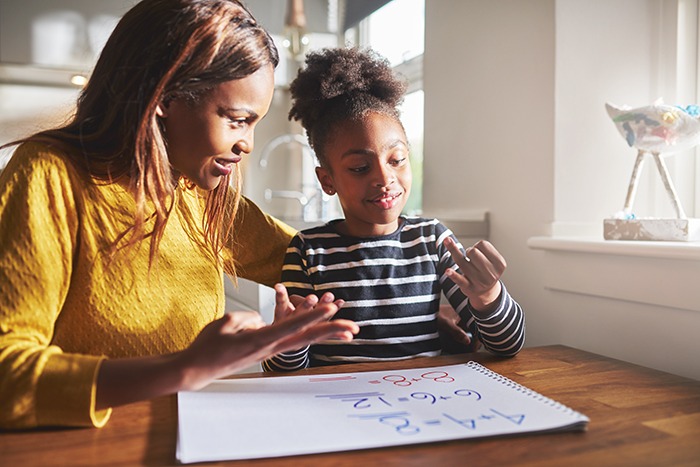
Millions have learning or thinking differences (LTDs), like ADHD or dyslexia. While LTDs are common among families, friends, neighbours and peers, new research from Understood.org, a guide and resource for people with LTDs, finds that there are still harmful stigmas associated with them - stigmas that often negatively impact children's mental health and prevent parents from taking steps to get their child proper support.
According to Understood.org's "Neurodiversity and Stigma Study," 90% of parents believe there are children with LTDs, yet more than half (55%) of those with neurodivergent children say they are afraid to tell others about their child's LTD because of associated biases. Additionally, 69% of parents of kids with LTDs say that these stigmas negatively impact their child's mental well-being.
This is why Understood launched the "Be the Reason" campaign - to increase awareness and engagement of parents around neurodiversity. Parents can get involved by participating in the #YouCanBeTheReason social media challenge, led by social media influencers the Holderness Family, and share how they've been the reason their child thrives. The campaign also includes a short film and stories from the perspectives of children with LTDs, as well as an activity kit to help parents initiate conversations with their children.
"When parents engage with their kids around their emotional and academic challenges, particularly if they believe the challenges may be related to a learning difference, it can be incredibly powerful," said Dr. Andy Kahn, a licensed psychologist and Understood expert specializing in LTDs. "Parent support has an enormous impact on a child's ability to thrive, and the 'Be the Reason' campaign is a step to provide parents with tools to help them and their kids get there."
If your child has or may have a learning or thinking difference, here are some important steps you can take, according to Kahn and Understood:
1) Talk with your child
The most important step is engaging with your child and making sure they know you're ready to help.
To get a better sense of the challenges they're experiencing, try asking open-ended questions like: "What made you laugh today? What was the peak and pit of your day?" These questions will give you a better sense of what your child is feeling and why.
You can also use a feelings wheel, which helps kids make connections between feelings, body sensations and words, and helps kids express their emotions.
2) Engage teachers and caregivers
Proactively engaging with your child's teachers and other caregivers, such as pediatricians, coaches and tutors, will help you get a 360-degree view of what your child may be experiencing at home, school and in other activities.
These conversations also allow for collaboration with other caregivers to ensure your child gets appropriate support. There are many accommodations that can be made at school - like additional time for tasks or sensory tools - to support your child's emotional and academic development.
3) Practice self-calming strategies
LTDs affect your child academically, emotionally and socially. Things like deep breathing, stretching and yoga can help kids calm their bodies, become more aware of how they feel and manage their emotions.
In moments of high stress, help your child pause and "scan" their body from head to toe, checking for signs of tension, pain or discomfort. Being able to identify and acknowledge the physical effects of stress and sadness is a first step to releasing them.
If you're a parent looking for more tips and resources, visit the "Be the Reason" campaign website, and be sure to participate in the #YouCanBeTheReason social media challenge across TikTok, Instagram and Facebook. To learn more about symptoms of LTDs, visit understood.org/take-note.